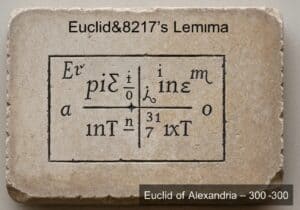A partial differential equation (PDE) is an equation that imposes relations between the various partial derivatives of a multivariable function. The function is often called the unknown, and a PDE describes a relationship between this unknown function and its derivatives. Unlike ordinary differential equations (ODEs), which involve functions of a single variable, PDEs are fundamental to modeling multidimensional systems.
A partial differential equation (PDE) for a function \(u(x_1, dots, x_n)\) is an equation of the form \(F(x_1, dots, x_n, u, frac{partial u}{partial x_1}, dots, frac{partial u}{partial x_n}, frac{partial^2 u}{partial x_1 partial x_1}, dots) = 0\). This formulation expresses a relationship between an unknown function \(u\) of several independent variables and its partial derivatives. The ‘order’ of the PDE is determined by the highest-order derivative present in the equation. For instance, an equation containing a second derivative but no higher is a second-order PDE.
PDEs are classified based on properties that help determine the nature of their solutions. A key classification is linearity. A PDE is ‘linear’ if it is linear in the unknown function and all its derivatives. For example, \(a(x,y)u_{xx} + b(x,y)u_{yy} = f(x,y)\) is linear. If the coefficients depend on \(u\) or its derivatives, the equation becomes nonlinear. Nonlinear PDEs are notoriously difficult to solve and often exhibit complex behaviors like shock waves or solitons.
The study of PDEs is a vast branch of mathematics, crucial for modeling phenomena across science and engineering. Finding a ‘solution’ means identifying a function that satisfies the equation, often subject to specific boundary or initial conditions that constrain the problem to a unique physical situation. The development of methods to find and analyze these solutions, both analytically and numerically, has been a central theme in mathematics since the 18th century.
























